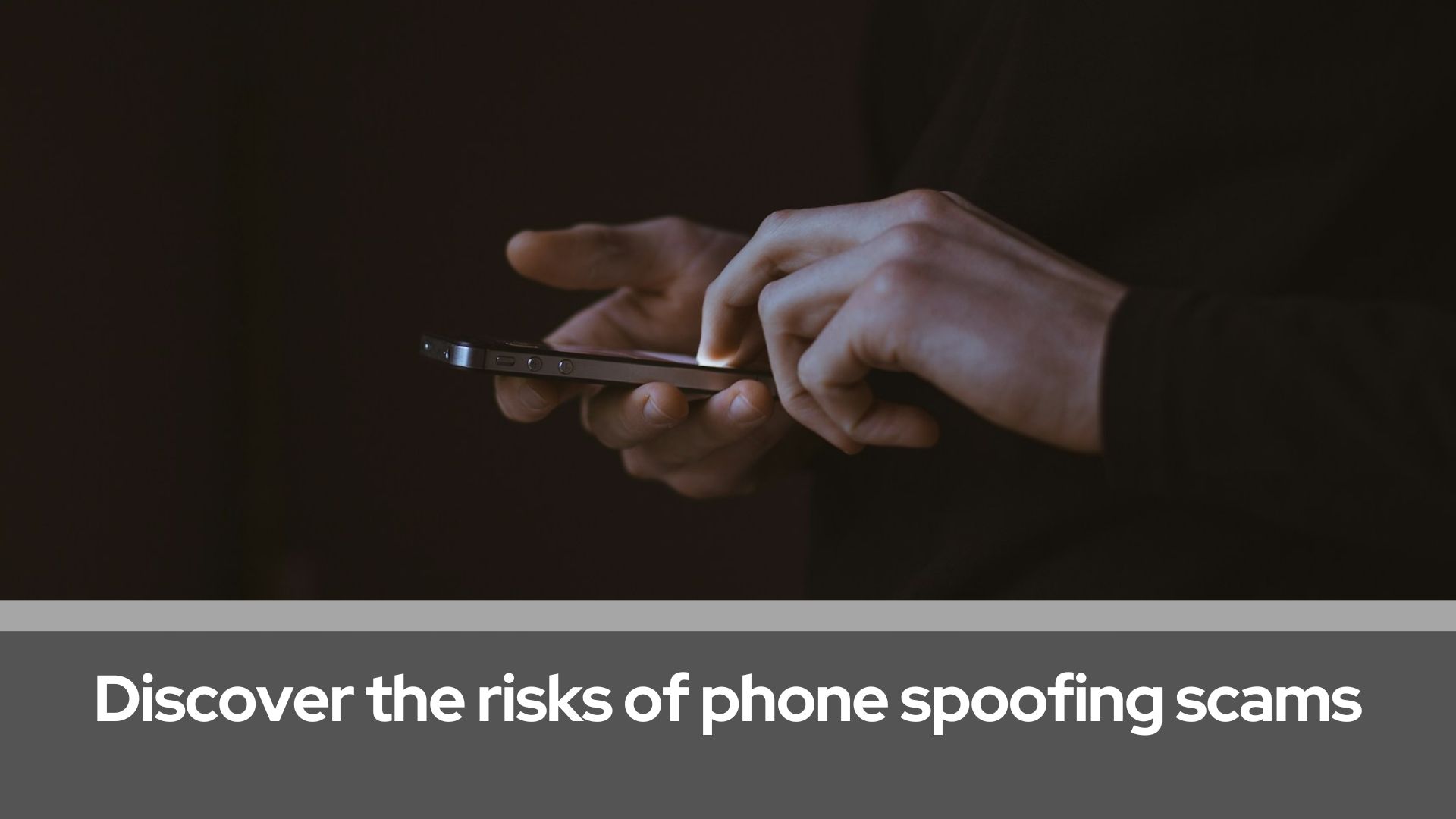The rise of phone spoofing scams has become a serious threat to our privacy and security in an era where our phones are an integral part of our daily lives. This article takes a look at the complexities of phone spoofing, its impact, and the steps we can take to protect ourselves from such deceptive practices.
Introduction
Phone spoofing or caller ID hijacking is a technique enabling hackers to manipulate the phone number display of recipients’ phones so that they look as if they are calling from an authenticated source. This manipulation has led to a surge in phone-based scams, with victims experiencing financial losses, identity theft, and psychological distress.
Understanding Phone Spoofing
Phone spoofing is, at its core, an alteration of the caller ID display to disguise the true origin of a call. To create fake numbers and to carry out large-scale scam calls, scam artists use Voice over Internet Protocol technology. These frauds are effective because they can communicate familiar or reliable telephone numbers, which is why more people will respond to these false phone calls.
The Impact of Phone Spoofing
spoofing of phone calls has an impact that goes beyond the actual victims. It threatens to undermine trust in telecommunication systems and creates financial and identity risks for businesses as well as regulatory obstacles. There are also significant concerns about the psychological impact on victims and the technological arms race between scam artists and security experts.
How Phone Spoofing Works
Scammers primarily use VoIP technology to alter caller ID information, allowing them to present a false identity to potential victims. The process involves choosing a number to display and using a spoofing service or application to send a signal through the VoIP system, effectively masking the original number.
Recognizing and Avoiding Scams
To protect oneself from phone spoofing scams, it’s essential to be skeptical of unknown numbers, verify caller identities, protect personal information, use call-blocking apps, educate oneself about the latest scam tactics, and report suspicious calls.
Legal and Regulatory Aspects
Laws and regulations exist to combat phone spoofing, but enforcement remains challenging due to the international nature of these scams. Governments and organizations are raising awareness and implementing caller ID authentication standards like STIR/SHAKEN to verify the authenticity of calls.
Technological Solutions and Preventive Measures
Caller ID authentication protocols like STIR/SHAKEN, spam blocking apps, “do not call” registries, and changing phone numbers are some of the measures available to mitigate the risks of phone spoofing. Service providers play a crucial role in implementing advanced detection systems and offering consumers tools to block spoofed calls.
What to Do If You’re a Victim
If you find yourself a victim of phone spoofing, contact your mobile carrier, adjust your call security settings, change your voicemail password, update your voicemail greeting, file a complaint with the authorities, monitor your accounts, and spread awareness.
The Future of Phone Spoofing
As technology evolves, scammers may become more sophisticated, necessitating ongoing efforts to protect against phone spoofing. Enhanced caller ID authentication, consumer education, legal and technological countermeasures, and collaboration among stakeholders will be essential in mitigating the risks associated with phone spoofing scams.
Conclusion
Staying informed, vigilant, and proactive is essential in the ongoing battle against phone spoofing scams. By understanding the risks and taking preventive measures, we can collectively create a safer communication environment in our increasingly connected world.
Check out more articles!








